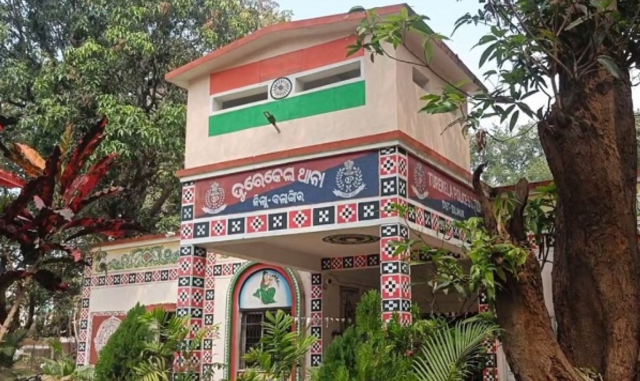In a major crackdown following allegations of age fraud against IPL 2025 sensation Vaibhav Suryavanshi, the Board of Control for Cricket in India (BCCI) has introduced a new age verification rule to ensure fairness in junior cricket.
The new rule mandates that U-16 players will now have to undergo a second bone age test in the following season, especially if they were previously disqualified due to the existing “+1 factor” system. This “+1 factor” had been added to the TW3 bone test results to project players’ bone age and determine eligibility, but it often disqualified players based on arithmetical projections rather than actual growth.
“It is being done to ensure no player loses out due to arithmetical calculation rather than scientific verification,” a BCCI source told PTI.
This decision comes amid renewed scrutiny over Rajasthan Royals’ young star Vaibhav Suryavanshi, who was allegedly 13 years and 288 days old when he was signed for ₹1.1 crore, but officially listed as 15. Despite past bone test clearance, a viral video showing Vaibhav stating a conflicting birthdate stirred controversy.
Vaibhav’s father, Sanjiv Suryavanshi, defended his son:
“He has already played India U-19. We don’t fear anyone. He can again undergo an age test.”
The updated rule now sets clear thresholds:
-
Male U-16 players: Bone age must be 16.4 years or less in the following season.
-
Female U-16 players: Bone age must be 14.9 years or less.
This means a male player with a bone age of 15.4 in 2025–26 can still play in 2026–27 even if the “+1 factor” makes it 16.4, as per the revised calculation.
This reform aims to prevent talented players from being unfairly disqualified, ensuring eligibility is based on scientific accuracy, not projections. It also sends a clear message: BCCI is taking age fraud seriously, especially as young stars like Vaibhav rise quickly through the ranks.





























